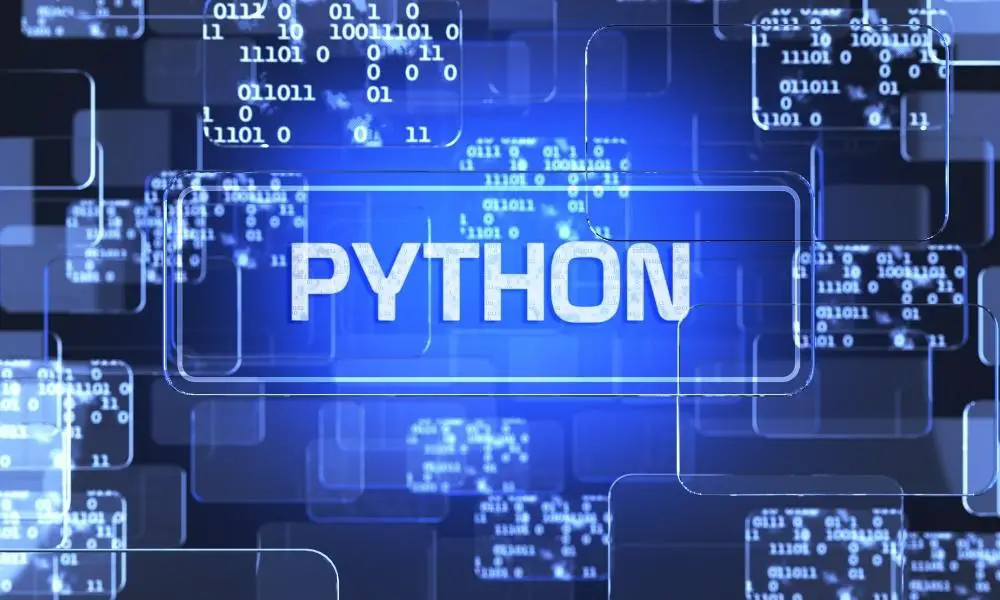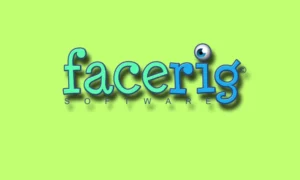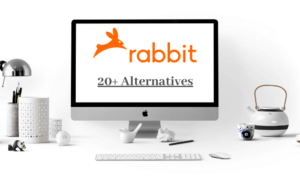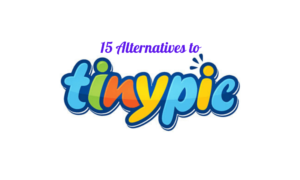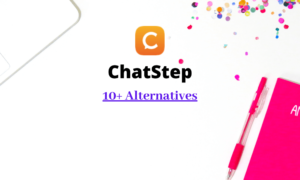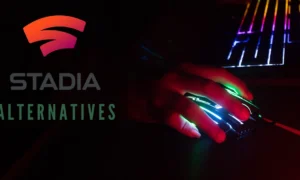Frameworks are supposed to make the life of a programmer easier. The same applies to a Python framework, which streamlines the development experience by automating some tasks and reducing the development time.
A Python app development company harnesses the capabilities of the appropriate frameworks to focus on business logic instead of concentrating on other routine aspects of development.
Many frameworks are associated with the language, and not all of them are great to use from the beginning. Due to this, as a beginner, you must know the frameworks that are great for beginners and gradually increase the level of understanding.
5 Best Python Frameworks for Data Science
Data mining, processing, and interpretation are at the core of every digital solution that is being developed today. Developers are finding innovative ways to handle data more efficiently, and these Python frameworks can make their tasks easier.
1. Scrapy
Scrapy is the framework, and Python developers use for building bots that extract structured data from a website. It is used to create crawling and scraping programs.
Generally, Python developers use Scrapy to gather data from already existing APIs. Scrapy is a comprehensive framework and is known for handling the data asynchronously.
This helps create a continuous program wherein; even if one request fails to respond, the other requests will continue moving ahead.
2. SciPy
While Scrapy is the best Python framework for mining data, SciPy is the perfect tool for processing and modeling data according to the requirements. You will get mathematical operations like linear algebra, integration, statistics, etc., within the framework, and these tools are crucial to process the extracted data.
Due to these, programs and solutions are associated with science, mathematics, and engineering. Scipy’s extensive documentation is another reason why beginners must choose to start working with this Python framework.
3. Scikit-Learn
Solving problems in machine learning is important. To build programs for this purpose, developers use Scikit-Learn. This Python framework also works on the principles of data modeling and processing, allowing developers to create the required solutions.
With Scikit-Learn, the developers harness its supervised and unsupervised learning approaches and its ability to integrate the requests. Note that we cannot use Scikit-Learn for loading and manipulating data; its core function is to model algorithms.
4. Matplotlib
After data processing and modeling frameworks, a beginner Python developer will want to use a solution for data visualization. This is where MatplotLib comes in as a two-dimensional library for making interactive and animated plots.
While working with MatplotLib, you may feel that it’s an outdated library, but that is not the case. This is a well-tested and impressive Python framework compatible with multi-platform graphics engines.
5. Pandas
Python developers use Pandas for data analysis, processing, and manipulation. With Pandas, you can process information and arrange the data structures into DataFrame Objects and create ways to fill in the missing information.
In addition to this, Pandas is also a beginner-friendly framework to displaying data in the form of a histogram or a plot box. Lastly, Pandas works smoothly with two types of data structures;
- One-dimensional data structure where you arrange data in series.
- Two-dimensional structures for arranging data into tables, multiple columns, and DataFrames.
To sum it up, Pandas is the perfect choice for a beginner to learn and implement data analysis methods and systems.
These are the top five Python data science frameworks and can be used by beginner Python programmers and learn the ins-outs of building programs with Python. Besides these data science frameworks, a beginner Python developer must also start using a couple of general use frameworks.
In the next section, we will talk about two of the most popular and beginner-friendly Python frameworks.

2 Best Python Frameworks for Web Development for Beginners
1. Django
As one of the most popular frameworks, Django is a suitable framework for beginners. It has everything a developer needs to build web applications. We can call it a single package service, helping you create applications of any complexity.
Django is built on the MVT pattern (Model-View-Template), similar to the MVC development pattern. You will find yourself working with an intuitive admin panel used for database management with SQL database being used for storage purposes.
| Model | View |
| Models in Django are defined via Django ORM. ORM or Object Relational Mapper helps you interact with the database, molding the process of creating queries and manipulating the database in a pythonic fashion. | View in Django comprises functions and classes. Moreover, the connection between URLs and Views in Django is completed in one location. This helps a developer know which files are supported by the View component. |
According to the Stack Overflow Survey of 2021, 14.99% of developers are using the Django framework for their development tasks.
See Also: How Do I Start Web Development with Python?
2. Flask
Flask is the second-best Python framework for beginners and comes with all the basic functionalities a beginner Python developer would want. A unique aspect about Flask is that it works as a connector between different libraries helping a developer bind them.
Flask is perfect for beginners because it works on the “one drop at a time” model. Every aspect of development is shared through detailed documentation.
There is a limitation developers might face while using Flask, which is the lack of implementations for storage. But on the other hand, Flask is compatible with other elements that can replace the lack of storage solutions with “pure Flask.”
For storage, you can use either of the following implementations;
- Flask-SQLAlchemy
- Flask-MongoAlchemy
- Flask-Redis
Working with Flask requires more work and learning. You might face a lack of official documentation to complete a task, but at this time, the Flask community can be of great help. Everything that is unclear or inefficiently explained can be understood from the community forums, channels, etc.
Lastly, the Stack Overflow Survey of 2021 finds that 16.14% of developers like working with Flask.
How to Choose a Beginner-Friendly Python Framework
Before selecting the perfect Python framework for your project, we recommend that you ask two questions;
- What’s the time frame for delivering the project?
- To what extent is the solution customizable?
As you find the answer to these questions, the process of selecting one Python framework will become easier.
Delivering a project within the accepted time frame is crucial. Ergo, Django is the right choice if you are short on time for building a solution.
Secondly, customizing the solution is also important. You cannot have a rigid solution when the market is dynamic and flexible. And when it comes to customization, Flask is the right choice as it is modeled on the lines of a microframework.
See Also: 10 Best Front-End Web Development Tools
Conclusion
We have listed seven Python frameworks above, but they do not summarize the entire portfolio of frameworks used in Python web development services. But they are sufficient to start with the development and are perfect for beginners.
Working with Python is easy, and above that, if you have access to these frameworks, your journey from a beginner to an expert will be cut short and easier. Use our recommended frameworks to start working in the right direction and build a better understanding of the Python programming language.
Mahipalsinh Rana is the CTO of Inexture Solutions, a leading Python app development company. He loves to write on Python, Laravel, AngularJS, ReactJs technologies, Startups, Entrepreneurship, and mobile applications.

